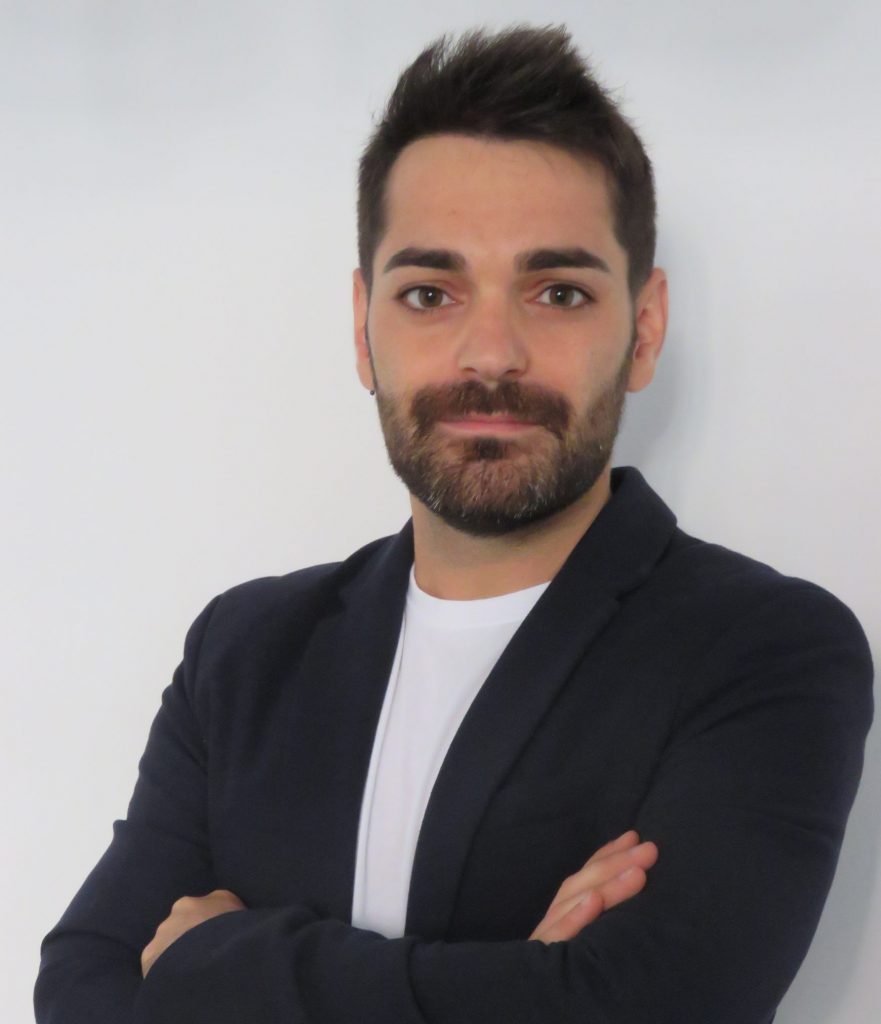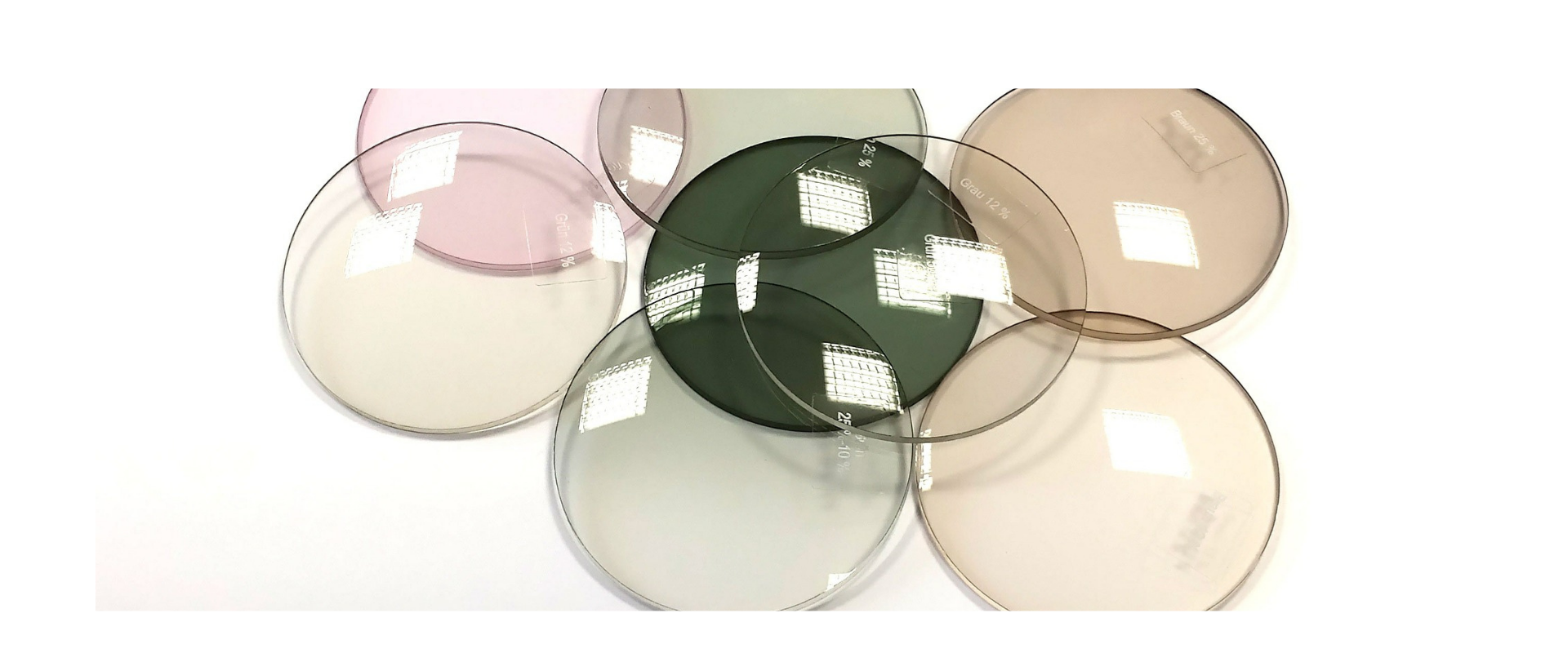See how to become a lens designer with our career guide.
What is a lens designer?
A lens designer works as part of the research and development department (R&D). They will be involved in the design, development, and testing of new products and geometries produced with free-form technology.
What does a lens designer do?
A lens designer creates new products or technologies according to the results of research carried out during a period, normally of a few years.
As an R&D researcher, you will be involved in all the processes needed to develop a new product or technology. This means being involved in the search of potential new ideas, development of new tests, data analysis and its interpretation, scientific dissemination, among others.
What do you get from this role?
You will keep learning about many areas. In R&D it is necessary to keep updated and work together with other professionals from multidisciplinary fields. This means each project is different, each day is different from the other!
Something that usually happens in R&D is the need to solve problems that were not expected, making you learn constantly, which is very rewarding.
 Pablo Concepción is a lens designer who works for IOT.
Pablo Concepción is a lens designer who works for IOT.
What do you need to apply?
You will need a qualification in optics or physics and previous experience in R&D. A masters degree or Ph.D. could help.
What skills do you need?
You need knowledge of optics, research procedures, statistics, and vision science. Also, it is important to have previous experience with patients to understand the visual perception of a person wearing ophthalmic lenses. This knowledge is applied in the process of making the design of a new lens to improve the visual perception of subjects.
What does your working day look like?
Each day we carried out new projects or tasks where it is necessary to research a certain topic and then apply the new knowledge we have obtained to accomplish them. Most of the time we do internal tests and apply what we are learning from the results in the development of new tests, methods, or products. Sometimes we take part in international conferences where we contribute to sharing new findings with other scientists. We also collaborate with professionals from other fields, helping them with the technical or clinical part of the products.

